Noah Addis is a photographer currently based in Columbus, Ohio. He has had solo exhibitions of his work at the Loyola University Art Museum, The Salt Institute for Documentary Studies and The Center for Emerging Visual Artists. His work is held in public collections including The Philadelphia Museum of Art, the Center for Emerging Visual Artists and the Free Library of Philadelphia. His work has been published in major publications including The New York Times, The Wall Street Journal, Time, Newsweek, People, US News & World Report, Life’s Year in Pictures and many others.
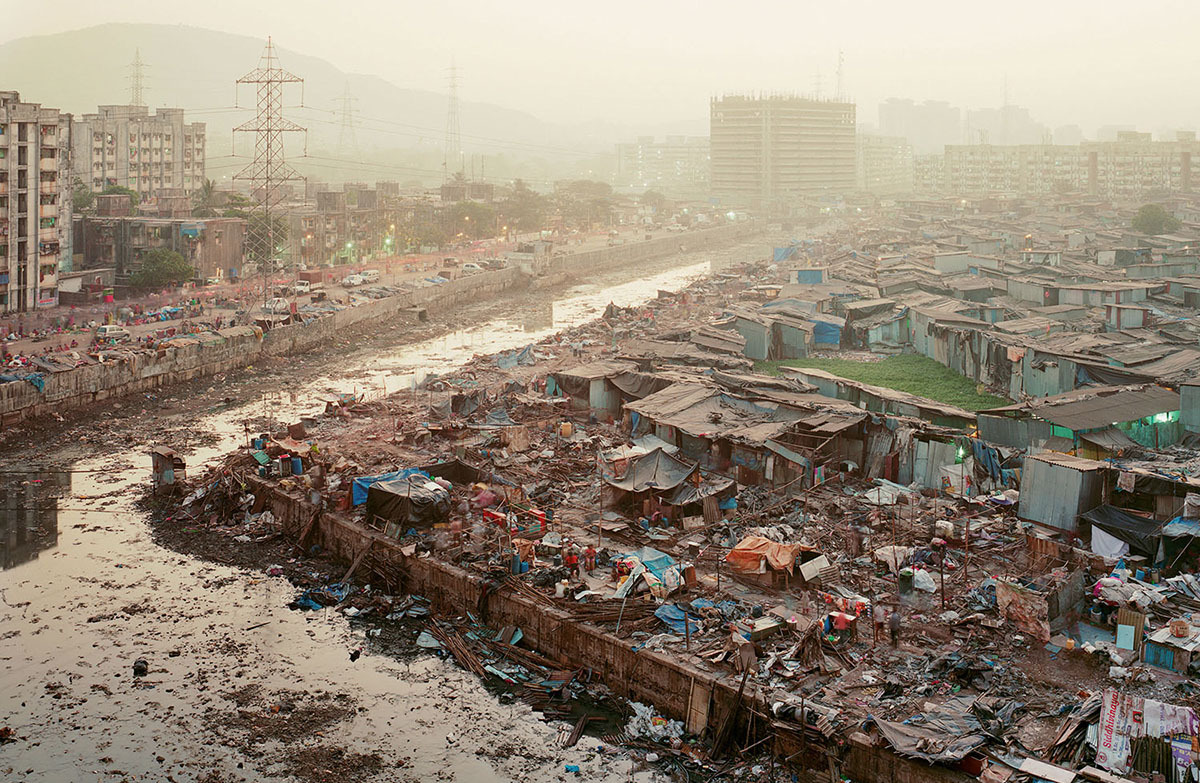
Mankhurd, Mumbai
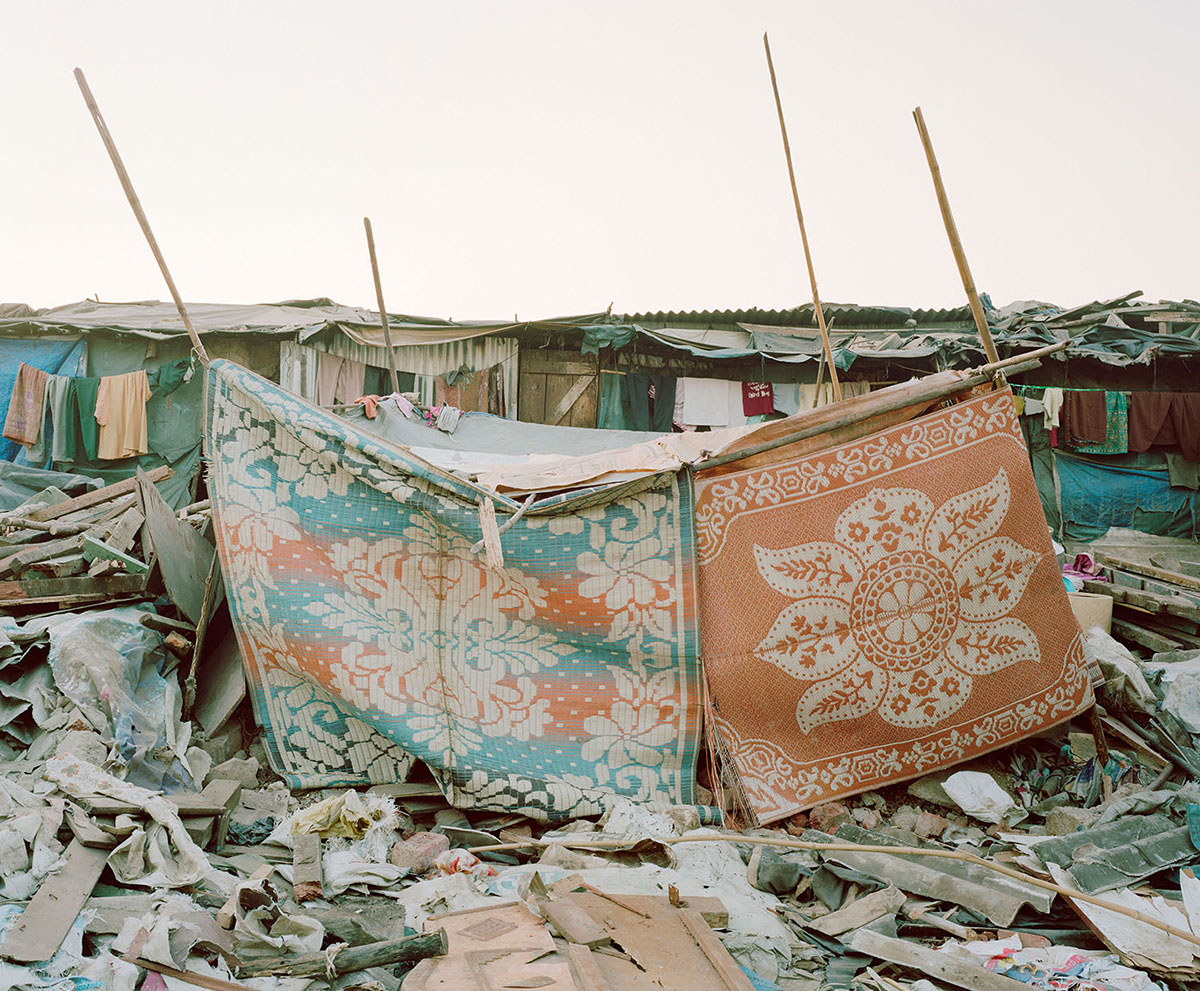
Lallubhai Compound, Mumbai
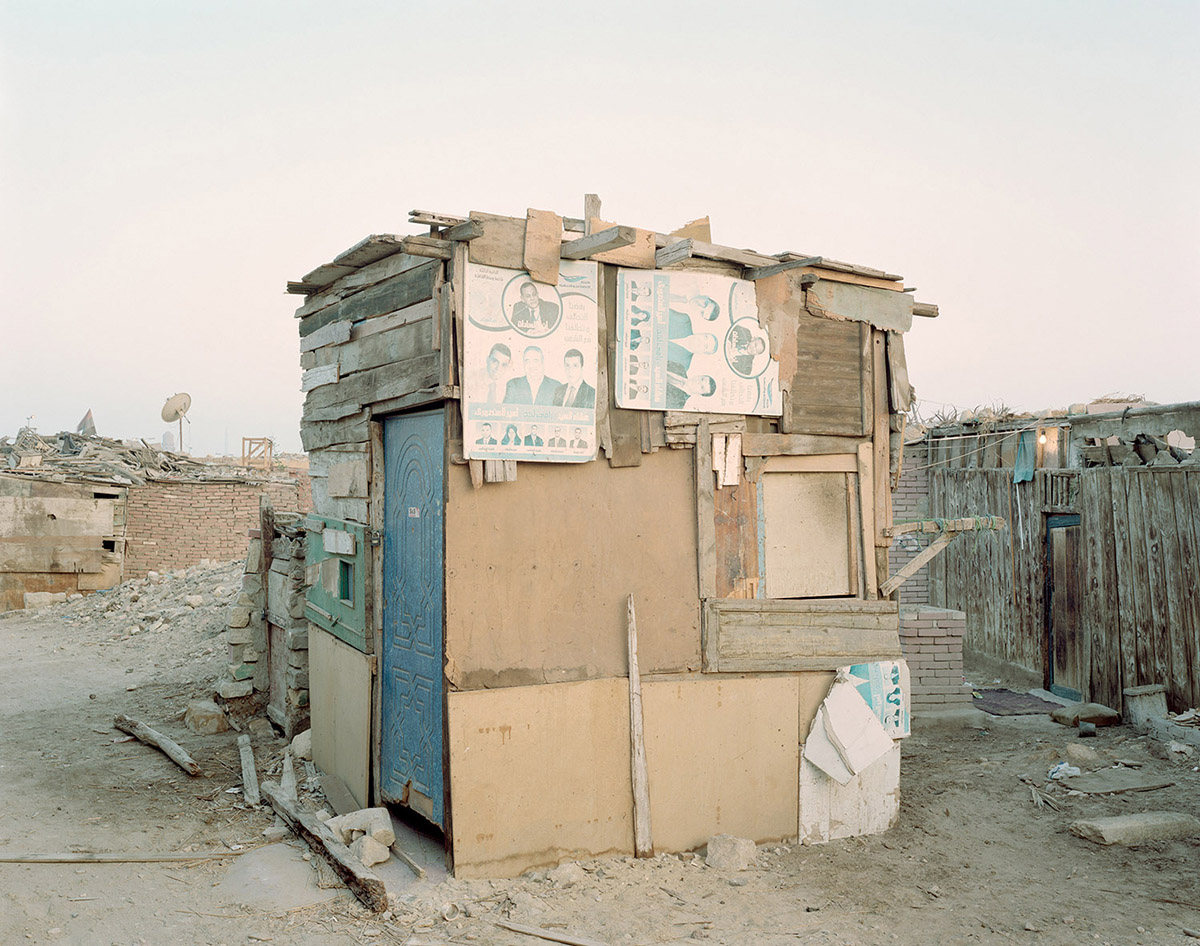
Qarafa Bab Al Nasr, Cairo
Future Cities
According to United Nations estimates there are more than a billion squatters living today–one out of every six people on earth. This number is expected to double to two billion by 2030. And by the middle of the century there will be three billion squatters.
Future Cities is a series of photographs of informal settlements and unplanned developments in the world’s cities. These communities take on many forms, but they share a common history. People, mostly migrants from rural areas, came to the city in search of work. They were in need of affordable housing that could not be found on the open market. So they claimed a small piece of unused land and built a home. Other residents followed, and the result was a new community within the city.

Maryouteya, Cairo
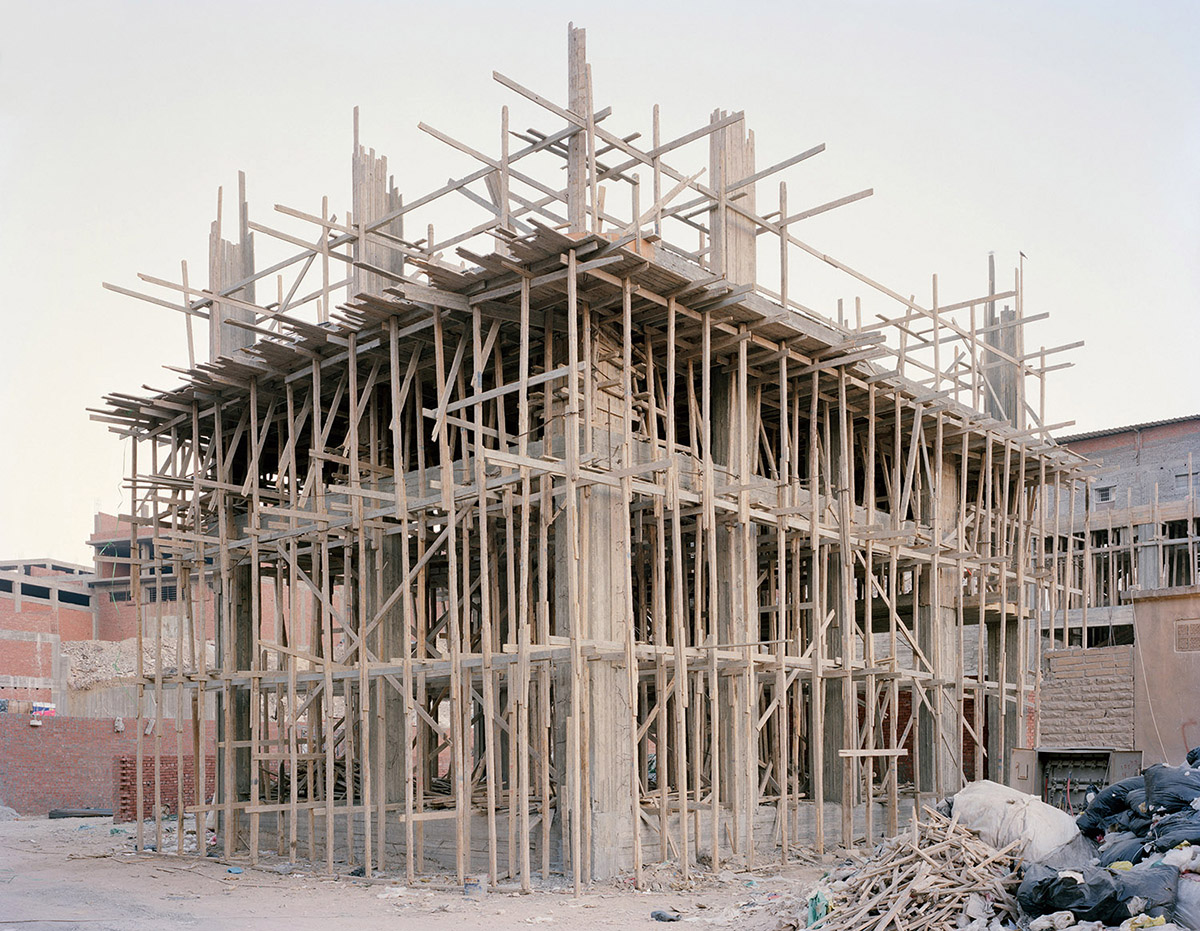
Manshiet Nasser, Cairo

Dhaka
Although they face many challenges, these settlements are extremely creative and vibrant places and it would be a mistake to ignore them. Governments around the world have failed to take responsibility for this massive urban migration. Many of the world’s squatters exist in a legal vacuum, working outside of the official economy and living with only tenuous rights to the ground on which they have built their homes.
It is all too easy to look at the people who live under these difficult circumstances as victims. The reality is that the people living in informal communities throughout the world don’t need handouts or for people to tell them how to live. Instead, they have very specific needs. They need land tenure or a pathway to property ownership, which gives them a real stake in the new community they are building. They need access to credit and financial services, so that they can leverage their home ownership into capital that can be used to start businesses. They need education for their children along with basic utilities and city services, such as clean water, sanitation and electricity.

Maryouteya, Cairo

Sitio Damayan, Manila.
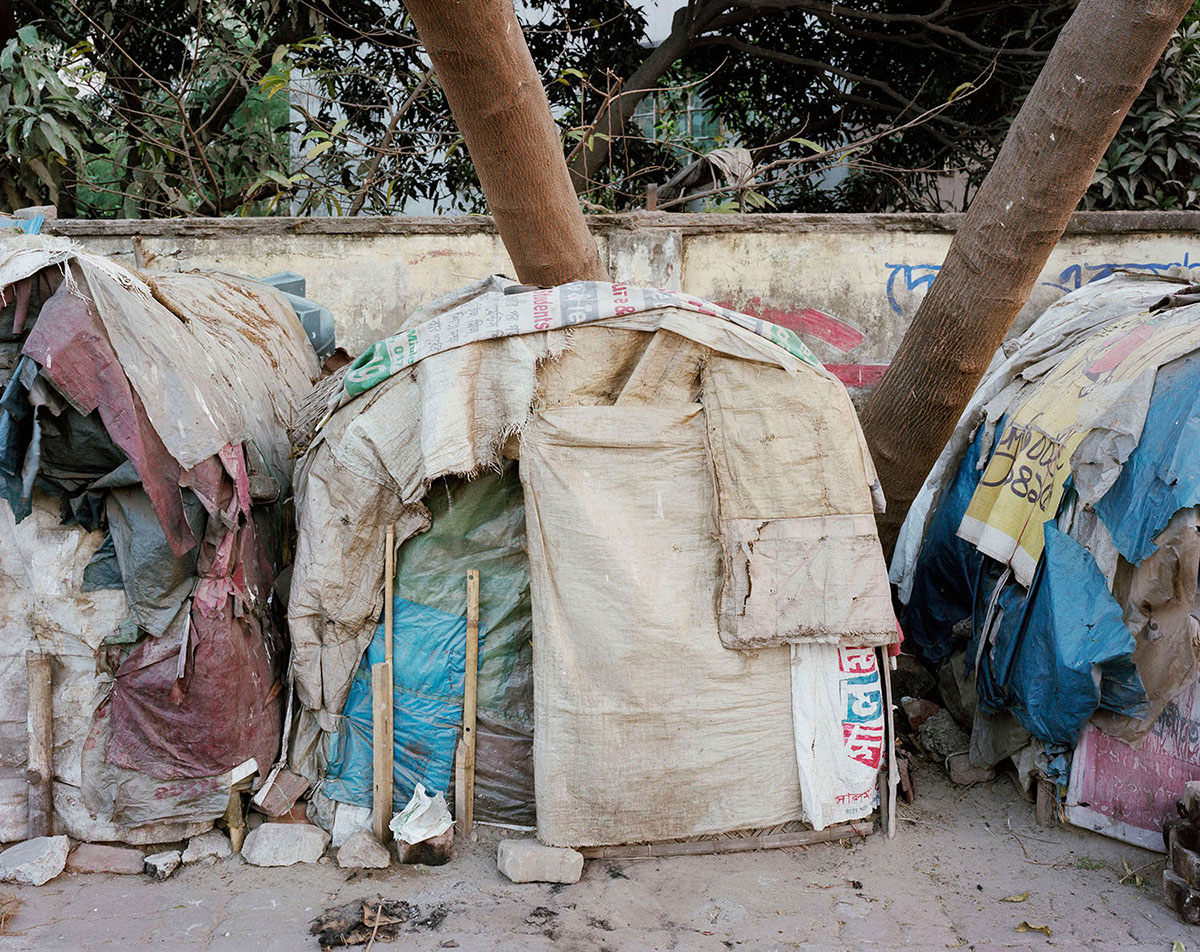
Khilgaon, Dhaka
Many of these needs are not currently being met as cities struggle with ways to deal with a rapid influx of rural migrants. Yet strong evidence suggests that when these basic needs are met, these new urban settlements can become thriving communities.
My interest in photographing informal developments comes from the fact that these settlements grow almost organically to suit the needs of the people who live there. I am interested in looking at these communities to see what can be learned from them about urban planning and sustainable development. In addition, I hope to use the photographs from this project to raise awareness of the issues faced by the more than five million people each month who migrate from rural areas into the cities of the developing world.
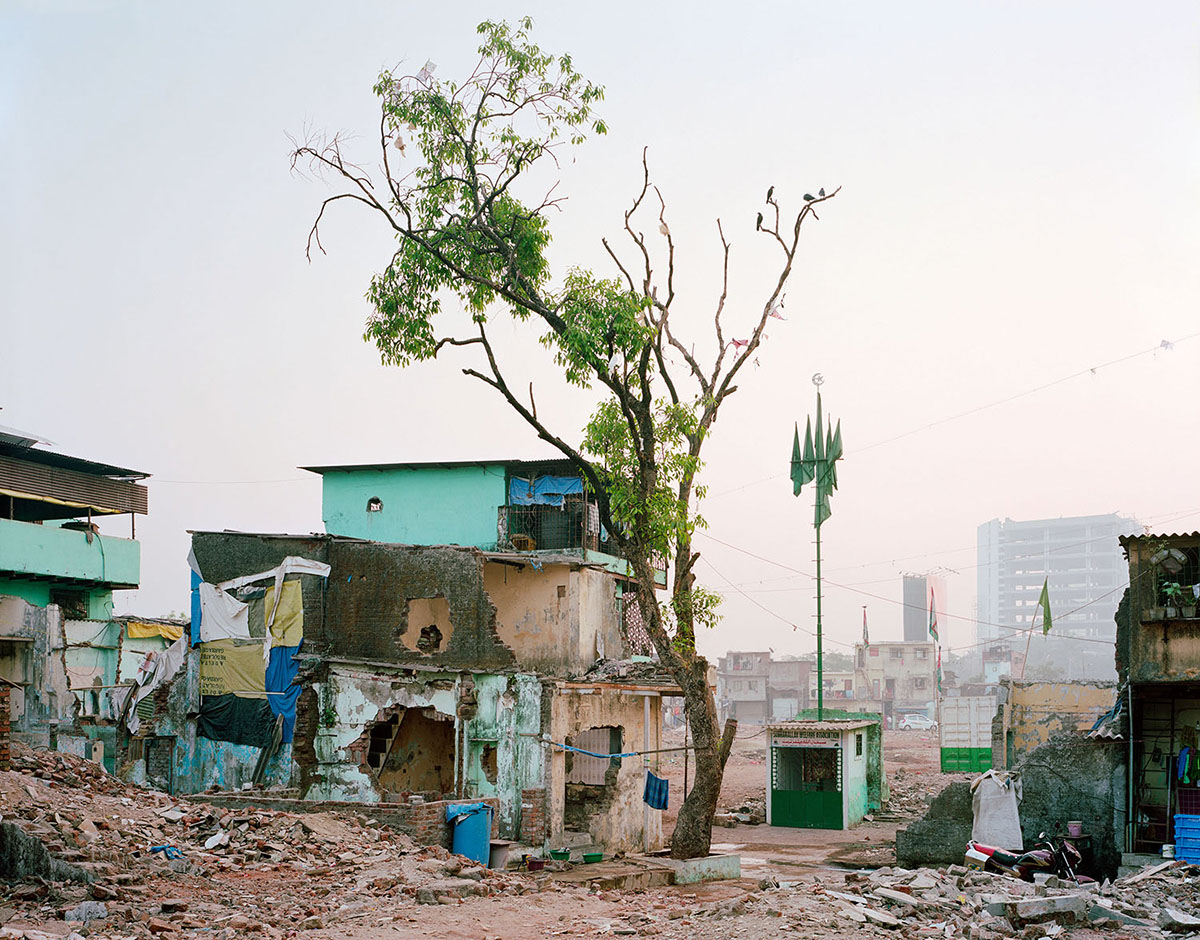
Mumbai

Mankhurd, Mumbai
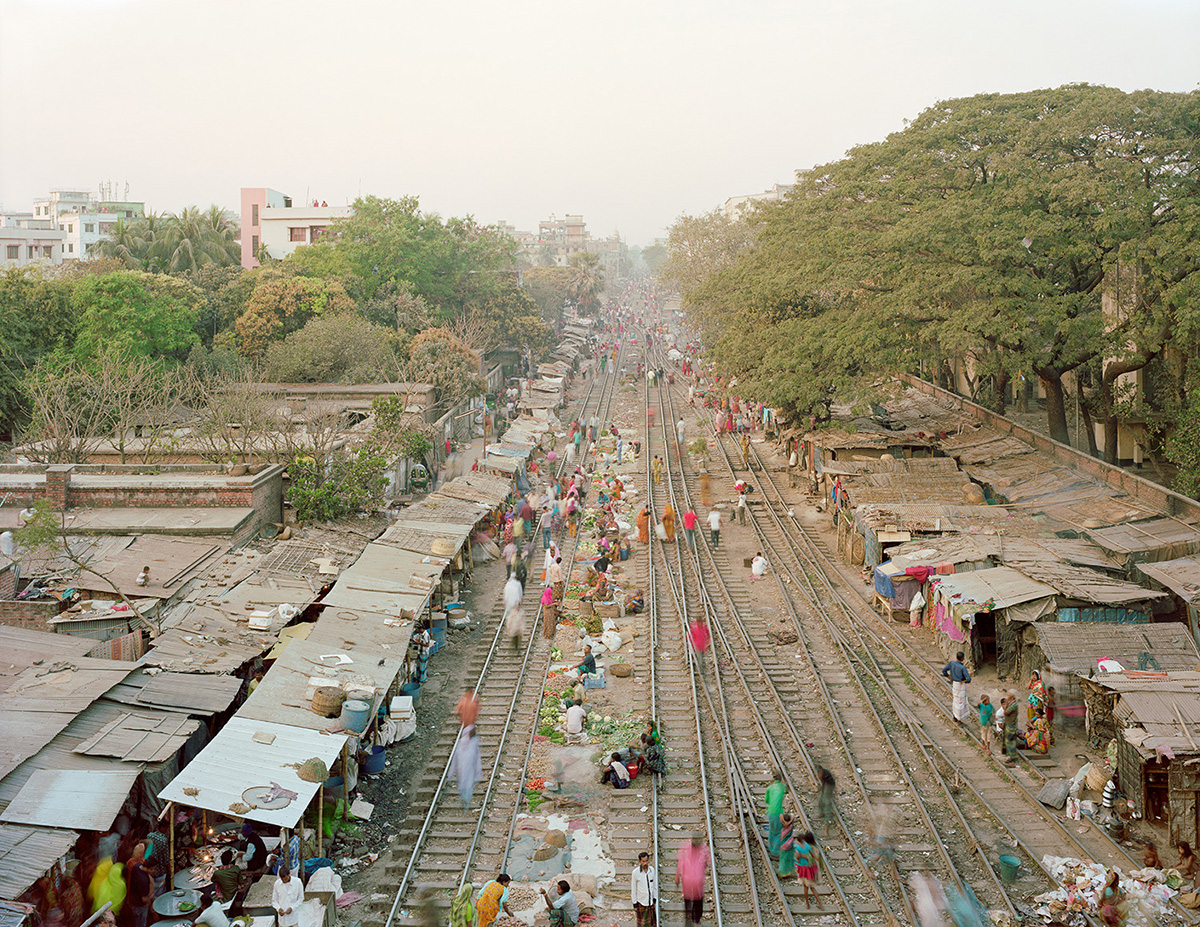
Dhaka
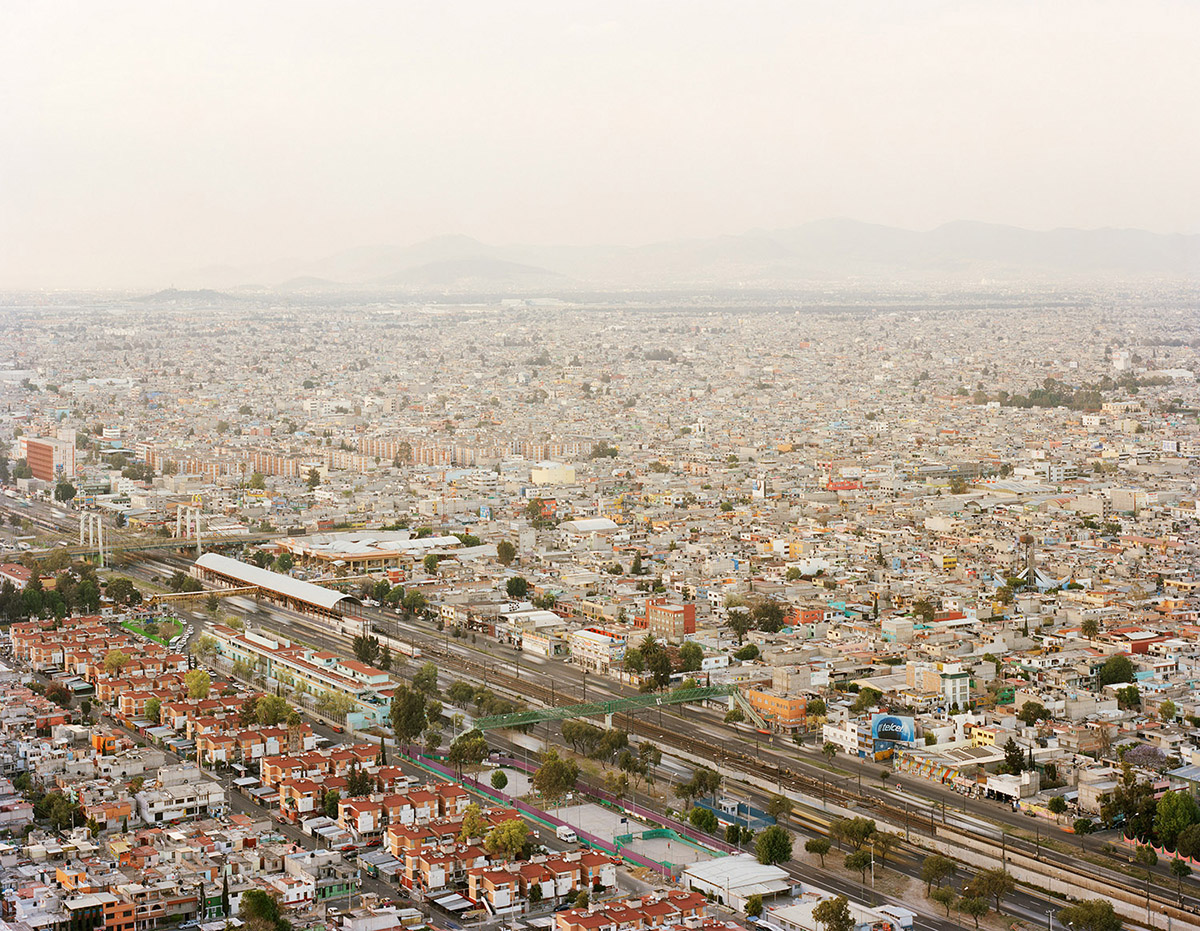
Estado de Mexico
In addition, Noah was chosen to participate in The Summer Show Project at the Foley Gallery in New York and has been awarded fellowships from the Center for Emerging Visual Artists, the Independence Foundation and the George A and Eliza Gardner Howard Foundation. He was selected as a winner of the Women’s Committee of the Philadelphia Museum of Art Photography Portfolio Competition. He was chosen to participate in The Summer Show Project at the Foley Gallery in New York and has been awarded fellowships from the Center for Emerging Visual Artists, the Independence Foundation and the George A and Eliza Gardner Howard Foundation. He was selected as a winner of the Women’s Committee of the Philadelphia Museum of Art Photography Portfolio Competition. He was part of a team awarded the Pulitzer Prize for Breaking News Reporting in 2005 for coverage of the resignation of New Jersey’s Governor. He was awarded the New Jersey Photographer of the Year award three times and was the runner-up in the portfolio category of the National Press Photographer’s Association Best of Photojournalism contest. Addis has won several awards in the Pictures of the Year International contest.
To view more of Noah’s work, please visit his website.